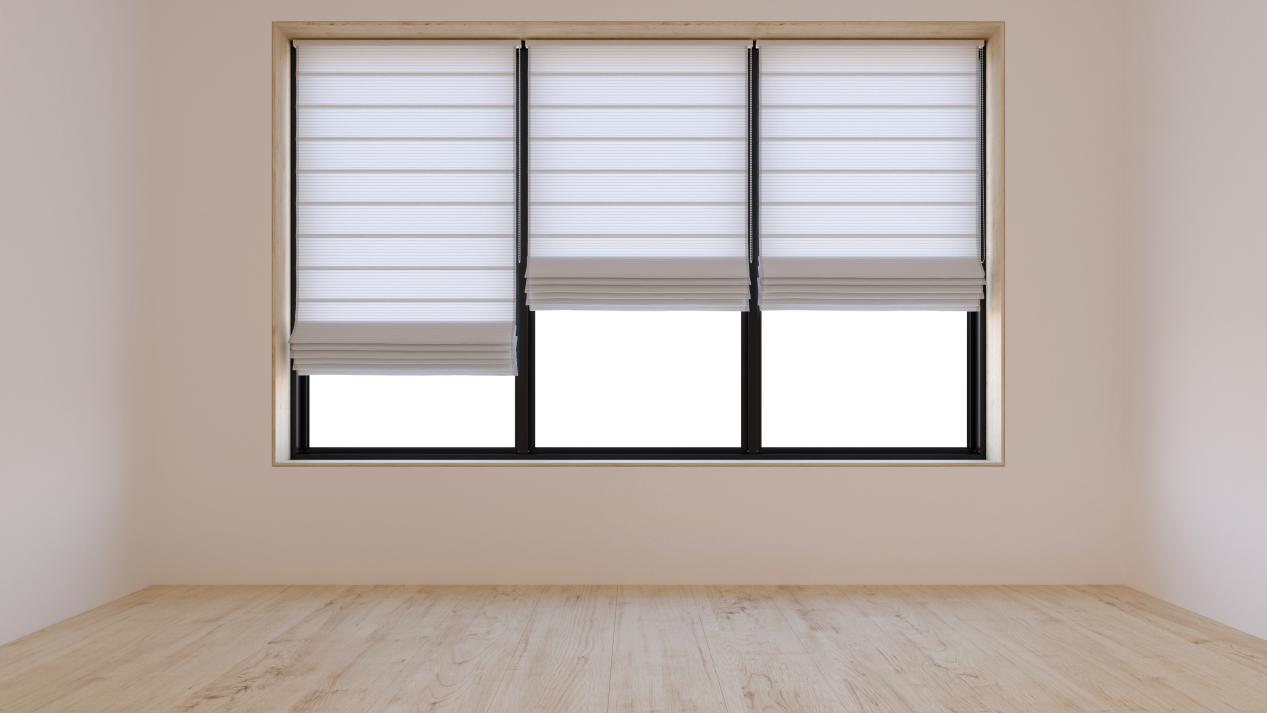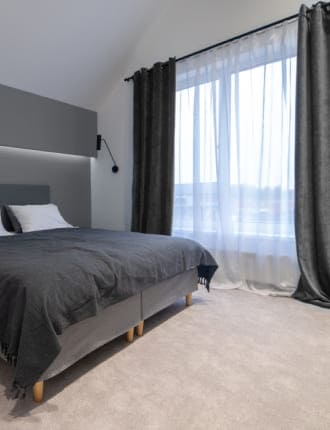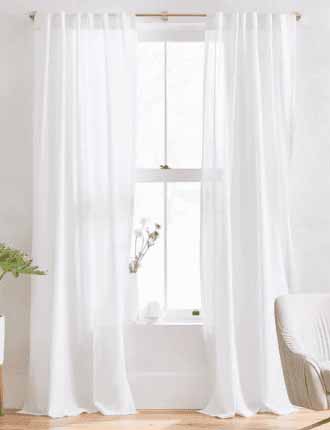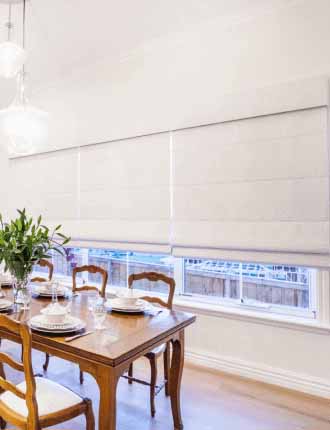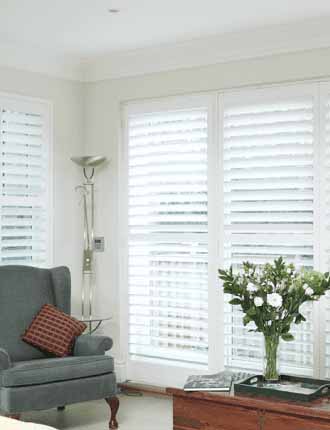According to a report by IBISWorld, online sales of home furnishings in Australia increased by 19.1% annually from 2014 to 2019, reaching a total value of $615.7 million AUD by the end of the period.
What You’ll Need
- A Metal Tape Measure: This will give you accurate measurements. Avoid using cloth or plastic tapes, as they can stretch and give inaccurate results.
- A Pen and Paper: To jot down your measurements as you go.
- A Step Ladder: For those high-up windows.
A report from Sustainability Victoria suggests that up to 40% of the heat escaping from your home in winter is from uncovered windows. Heavy, lined curtains can reduce heat loss through windows by 60% when drawn, contributing to a notable amount of energy savings.
Steps to Measure Your Windows
- Measure the Width: Start by measuring the width of your window. Take measurements at the top, middle, and bottom. The widest measurement is the one you should use. If you want your curtains to extend beyond the window, add some extra width to your measurements.
- Measure the Height: Next, measure the height of your window. Just like the width, take measurements at the left, centre, and right. Use the longest measurement. Remember to include the extra length if you want your curtains to hang below the window sill.
- Account for the Curtain Rod: The rod or track for your curtain will be mounted above your window. Include this in your measurements if it’s already in place. If not, check the hardware regulations for guidance on how high to mount your curtain rod.
- Note Down the Measurements: Always note your measurements in the order of width by height.Remember, it’s always a good idea to measure twice! As the old saying goes, “measure twice, cut once”.
How to Choose the Right Curtains
Now that you have your measurements, you’re ready to choose your curtains. Visit our curtain collection to explore a variety of styles. Don’t forget to consider factors like sunlight exposure and energy efficiency.
Importance of Correct Measurements
Correct measurements are key to getting that perfect look and fit for your curtains. An over-measured curtain can look too bulky, while under-measured ones may not provide the coverage or privacy you need. It’s just like buying clothes that fit perfectly – they can make you feel and look great!
Curtain Styles and Measurements
Curtain styles can also influence your measurements. Here’s a quick guide to different styles and their measurement needs:
- Eyelet Curtains: These are one of the most popular styles due to their modern look. The curtain rod goes through the eyelets, so remember to add a few extra centimetres to your measurements to account for the space taken up by the eyelets. Explore our eyelet curtain collection for some fabulous options.
- Pencil Pleat Curtains: These create a beautiful gathered look. They are usually hung on a track rather than a rod, so measure your window accordingly. You’ll also want to add extra width for the pleats.
- Blockout Curtains: Ideal for bedrooms or home theatres, these curtains block out most light. Ensure you measure a bit beyond the window frame to prevent any light from seeping in. We have a variety of blockout curtains to choose from.
Helpful Tips
Here are some additional tips to help you out:
- Use a Reliable Measuring Tape: A metal tape measure is your best friend here, as it gives you the most accurate measurement.
- Ask for Help: Don’t hesitate to ask someone for help, especially for large or high windows. Safety first!
- Check Your Measurements: Always double-check your measurements. It’s better to take a little extra time to ensure you’ve got the right numbers.
- Consider Window Sill and Mouldings: Decide whether you want your curtains to fall to the window sill, below the sill, or to the floor. This will influence your height measurement.
Measurements for Curtain Fullness
One last thing to consider when measuring for curtains is the fullness you desire. Fullness refers to how gathered or pleated you want your curtains to look when closed. A common rule of thumb is that the curtain’s overall width should be 2 to 2.5 times the width of the window. However, this can vary depending on the look you’re going for. More width creates a fuller, more luxurious look, while less width results in a flatter curtain.
Remember, choosing curtains is not just about function, but also about aesthetics and personal style. Curtains can be a fantastic way to express your personality and enhance the ambiance of your room. At Blinds on Demand, we are always ready to assist you in this exciting home improvement journey. Browse our range of Sheer Curtains.
To wrap up, measuring your windows for curtains isn’t as daunting as it might seem. With the right tools and a bit of patience, you’ll have your measurements in no time. Need some extra help? Don’t hesitate to call us. We’re here to make your curtain journey as smooth as possible.
Frequently Asked Questions
What if my measurements are not exact?
Measurements don’t always need to be precise to the millimetre, but aim for as accurate as possible to ensure a good fit. Our team at Blinds on Demand can assist if you’re unsure.
Should I include the window frame in my measurements?
No, you should only measure the window opening, unless you want your curtains to cover the frame too.
How much width should I add for the curtain rod?
As a rule of thumb, add 15-20 cm to each side of your window width for the curtain rod.
How long should my curtains be?
This depends on your preference. Some people prefer curtains that touch the floor, while others like them to stop just below the window sill.



